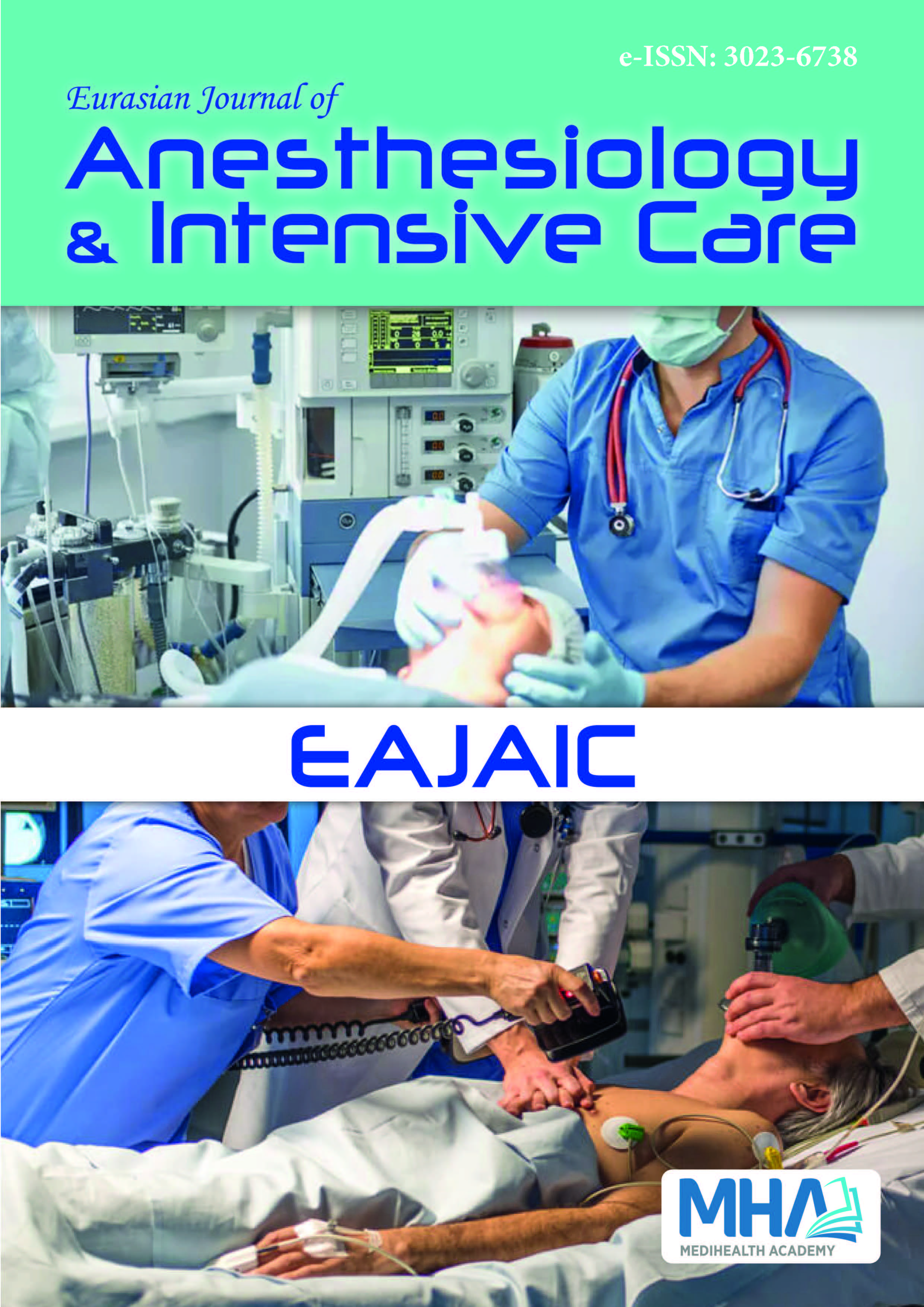1. Annane D, Aegerter P, Jars-Guincestre MC, Guidet B, CUB-Réa Network. Current epidemiology of septic shock: the CUB-Réa Network. <em>Am J Respir Crit Care Med</em>. 2003;168(2):165-172.
2. Rhodes A, Evans LE, Alhazzani W, et al. Surviving sepsis campaign: international guidelines for management of sepsis and septic shock: 2016. <em>Crit Care Med</em>. 2017;45(3):486-552.
3. Rudd KE, Johnson SC, Agesa KM, et al. Global, regional, and national sepsis incidence and mortality, 1990-2017: analysis for the global burden of disease study. <em>Lancet</em>. 2020;395(10219):200-211.
4. Kaukonen KM, Bailey M, Suzuki S, Pilcher D, Bellomo R. Mortality related to severe sepsis and septic shock among critically ill patients in Australia and New Zealand, 2000-2012. <em>JAMA</em>. 2014;311(13):1308-1316.
5. Phua J, Ngerng W, See K, et al. Characteristics and outcomes of culture-negative versus culture-positive severe sepsis. <em>Crit Care</em>. 2013;17(5):R202.
6. Vincent JL, Sakr Y, Singer M, et al. Prevalence and Outcomes of Infection Among Patients in Intensive Care Units in 2017. <em>JAMA</em>. 2020; 323(15):1478.
7. Póvoa P, Coelho L, Dal-Pizzol F, et al. How to use biomarkers of infection or sepsis at the bedside: guide to clinicians. <em>Intensive Care Med</em>. 2023; 49(2):142-53.
8. Garvik OS, Póvoa P, Magnussen B, et al. C-reactive protein and albumin kinetics before community-acquired bloodstream infections - a Danish population-based cohort study. <em>Epidemiol Infect</em>. 2020;148:e38.
9. Luzzani A, Polati E, Dorizzi R, Rungatscher A, Pavan R, Merlini A. Comparison of procalcitonin and C-reactive protein as markers of sepsis. <em>Crit Care Med</em>. 2003;31(6):1737-1741.
10. Kennis B, Ali A, Lasoff D, Sweeney DA, Wardi G. The diagnostic utility of procalcitonin is limited in the setting of methamphetamine toxicity. <em>Am J Emerg Med</em>. 2022;54:36-40.
11. Christ-Crain M, Opal SM. Clinical review: The role of biomarkers in the diagnosis and management of community-acquired pneumonia. <em>Crit Care</em>. 2010;14(1):203.
12. Higgins TL. Chapter: 222. Severity of illness indices and outcome prediction: development and evaluation. in: vincent jl, eds. textbook of critical care. 6th Edition. WB Saunders Company Philadelphia, Pa; 2000; 2011:1604-1614
13. Knaus WA, Draper EA, Wagner DP, Zimmerman JE. APACHE II: a severity of disease classification system. <em>Crit Care Med</em>. 1985;13(10):818-829.
14. Marshall JC, Cook DJ, Christou NV., Bernard GR, Sprung CL, Sibbald WJ. Multiple organ dysfunction score. <em>Crit Care Med</em>. 1995;23(10):1638-1652.
15. Vincent JL, Moreno R, Takala J, et al. The SOFA (Sepsis-related Organ Failure Assessment) score to describe organ dysfunction/failure. <em>Intensive Care Med</em>. 1996;22(7):707-710.
16. Dellinger RP, Levy MM, Rhodes A, et al. Surviving Sepsis Campaign: international guidelines for management of severe sepsis and septic shock, 2012. <em>Intensive Care Med</em>. 2013;39(2):165-228.
17. Zhu Y, Zhang R, Ye X, Liu H, Wei J. SAPS III is superior to SOFA for predicting 28-day mortality in sepsis patients based on Sepsis 3.0 criteria. <em>Int J Infect Diseases</em>. 2022;114:135-141.
18. Póvoa P, Almeida E, Moreira P, et al. C-reactive protein as an indicator of sepsis. <em>Intensive Care Med</em>. 1998;24(10):1052-56.
19. Simon L, Gauvin F, Amre DK, Saint-Louis P, Lacroix J. Serum procalcitonin and C-reactive protein levels as markers of bacterial infection: a systematic review and meta-analysis. <em>Clin Infect Diseases. </em>2004;39(2):206-217.
20. Tan M, Lu Y, Jiang H, Zhang L. The diagnostic accuracy of procalcitonin and C-reactive protein for sepsis: a systematic review and meta-analysis. <em>J Cell Biochem</em>. 2019;120(4):5852-5859.
21. Lobo SMA, Lobo FRM, Bota DP, et al. C-reactive protein levels correlate with mortality and organ failure in critically ill patients. <em>Chest. </em>2003;123(6):2043-2049.
22. Ventetuolo CE, Levy MM. Biomarkers: diagnosis and risk assessment in sepsis. <em>Clin Chest Med</em>. 2008;29(4):591-603.
23. Giamarellos-Bourboulis EJ, Tsangaris I, Kanni Th, et al. Procalcitonin as an early indicator of outcome in sepsis: a prospective observational study. <em>J Hospital Infect</em>. 2011;77(1):58-63.
24. Kataria Y, Remick D. Sepsis biomarkers. <em>Methods Mol Biol. </em>2021;2321:177-189.
25. Malkoç M, Kural B. Presepsin: sepsis tespiti için umut verici yeni bir biyobelirteç. <em>Celal Bayar Üniversitesi Sağlık Bil Ens Derg</em>. 2021;8(3):553-557.
26. Hoeboer SH, Groeneveld ABJ. Changes in circulating procalcitonin versus C-reactive protein in predicting evolution of infectious disease in febrile, critically ill patients. <em>PLoS One</em>. 2013;8(6):e65564.
27. Rapsang A, Shyam DC. Scoring systems in the intensive care unit: a compendium. <em>Indian J Critical Care Med</em>. 2014;18(4):220-228.
28. Arefian H, Heublein S, Scherag A, et al. Hospital-related cost of sepsis: a systematic review. <em>J Infect</em>. 2017;74(2):107-117.
29. Xu Z, Huang M. A dynamic nomogram for predicting 28-day mortality in septic shock: a Chinese retrospective cohort study. <em>PeerJ</em>. 2024;12:e16723.

